Harmful chemicals are sneaking into our lives, often without us knowing. From the spaghetti on our plates to our everyday routines, hidden toxins in plastics are making us sick. It’s time we changed that.
As Minderoo’s Head of Plastics and Human Health, Professor Sarah Dunlop puts it, plastic is like a bowl of spaghetti.
Let’s imagine a bowl of spaghetti.
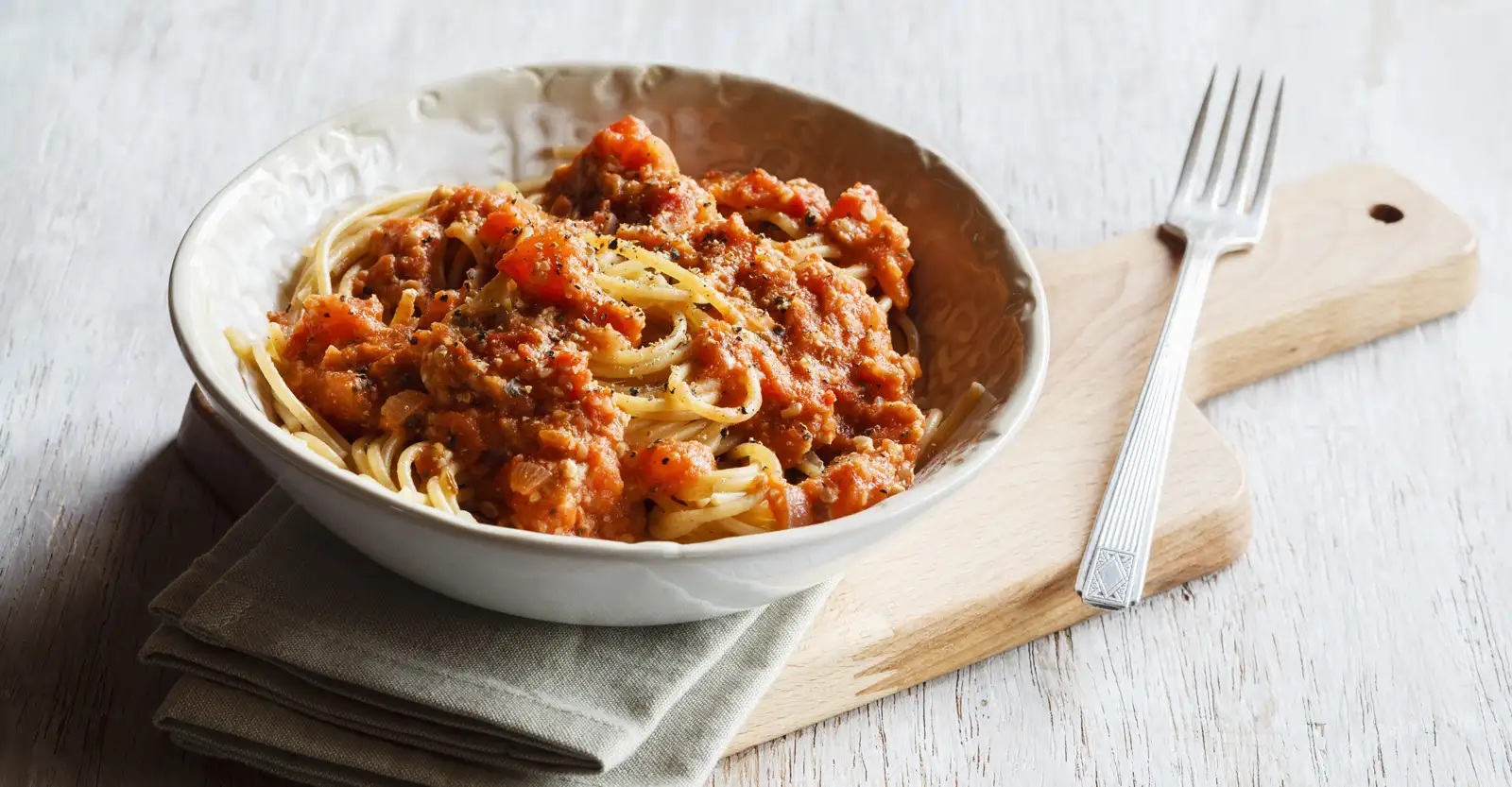
Long, stringy pasta paired with a few key ingredients to make it a household favourite.
But without the Bolognese sauce, the spaghetti is essentially useless—or, at best, a bland dinner option.
The same goes for plastics.
Polymers are the base of all plastics (like spaghetti in this scenario).
However, on their own, polymers aren’t very useful. To make them functional, a whole range of chemicals are added.
- Plasticisers make them soft and flexible.
- Flame retardants prevent them from catching fire.
- UV stabilisers stop them from cracking and breaking in the sun.
Think of these chemicals as the Bolognese—they make the plastic work, just as the sauce makes the spaghetti worthwhile.
But here’s the problem: Just like pasta doesn’t fully absorb the Bolognese sauce, polymers don’t fully absorb these chemicals. Instead, we do.
We’re potentially exposed to and absorbing a mouthful of the 16,000 different chemicals used in plastics with every meal.
Of those, 11,000 chemicals have no hazard criteria, which means we don’t know if they harm our health.
Yet, manufacturers continue to use them.
So, how big is this problem?
Following the spaghetti theme, let’s trace this dish from store to table. How much plastic will we encounter?
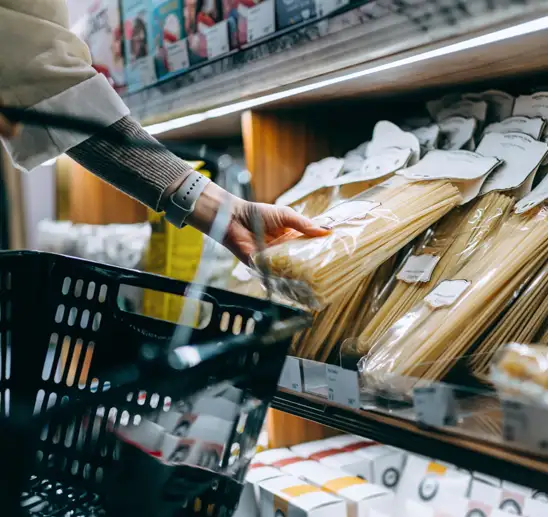
Buying the ingredients:
Almost everything, including pasta, meat, cheese, seasoning and even vegetables, will often come packaged in plastic. Even canned foods are usually lined with an internal coating containing BPA.
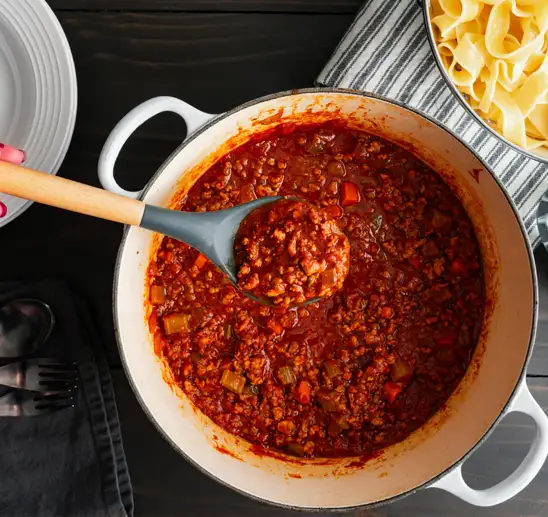
Preparing the dish:
Chopping veggies on plastic cutting boards, stirring the pot with plastic utensils, or using blenders with plastic components all can increase our exposure to plastic.
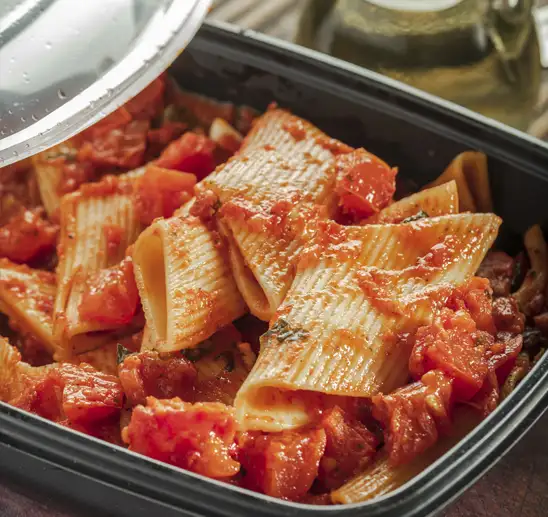
Storing leftovers:
Leftovers often go into plastic containers or are wrapped in plastic wrap.
By the time dinner is served, it’s no wonder that plastic chemicals and microplastics (which also have chemicals within them) are hiding in our meals and, subsequently, our bodies.
Studies consistently find plastic chemicals in human blood and urine samples, indicating the pervasiveness of the problem. But the real issue isn’t just their presence—it’s their impact on our health.
According to our recent Umbrella Review—the most comprehensive study on plastic-associated chemicals to date—the chemicals hiding in and leaking out of plastics are making us sick.
Did you know? An Umbrella Review synthesises evidence from multiple systematic reviews and meta-analyses.
Our Umbrella Review draws on data from over 700 primary studies covering more than 1.5 million people, including pregnant people, babies, children, and adults.
The findings reveal the that exposure to common plastic chemicals increase the risk of serious health harms across all life stages.
Some of these health concerns include:

Before & at birth
Miscarriage, weight, genital malformation.

Childhood
Lower IQ, ADHD (girls), asthma, obesity, cardiovascular disease, and even childhood cancers.

Adulthood
Sperm concentration and quality, endometriosis, diabetes, various cancers, heart disease, and thyroid function.
You can dive deeper into the research here.
The toll on human health is alarming. So, what can we do to protect ourselves and future generations?
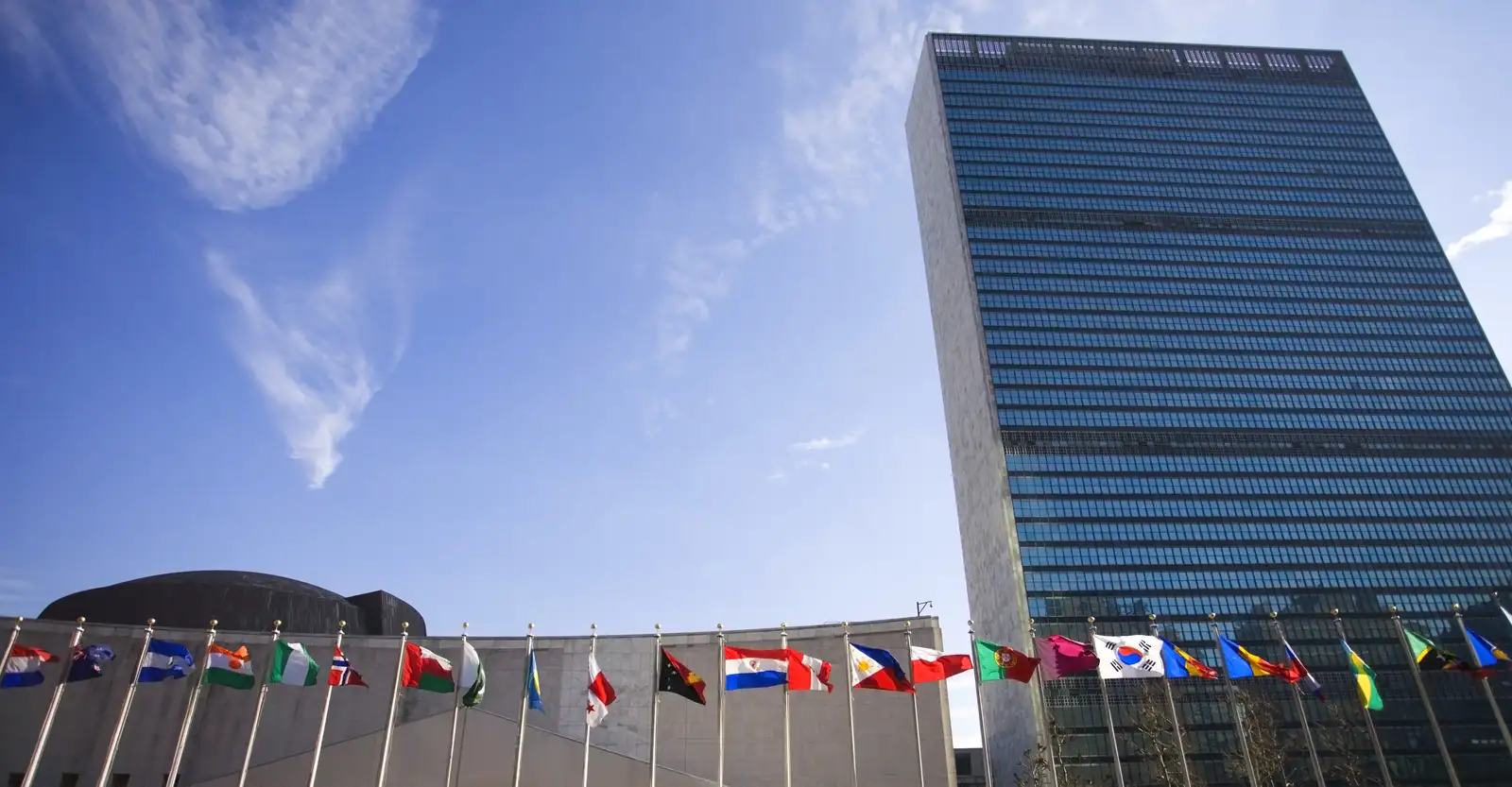
This global crisis demands a global solution. The Global Plastics Treaty is our best chance to create real change for a healthier tomorrow.
The Global Plastics Treaty is an international agreement being negotiated by 175 countries to address the full lifecycle of plastic, from production to disposal.
The initiative began in March 2022 when the United Nations Environment Assembly adopted a historic resolution aimed at creating a legally binding instrument to end plastic pollution.
Since then, numerous negotiations have occurred across four intergovernmental meetings.
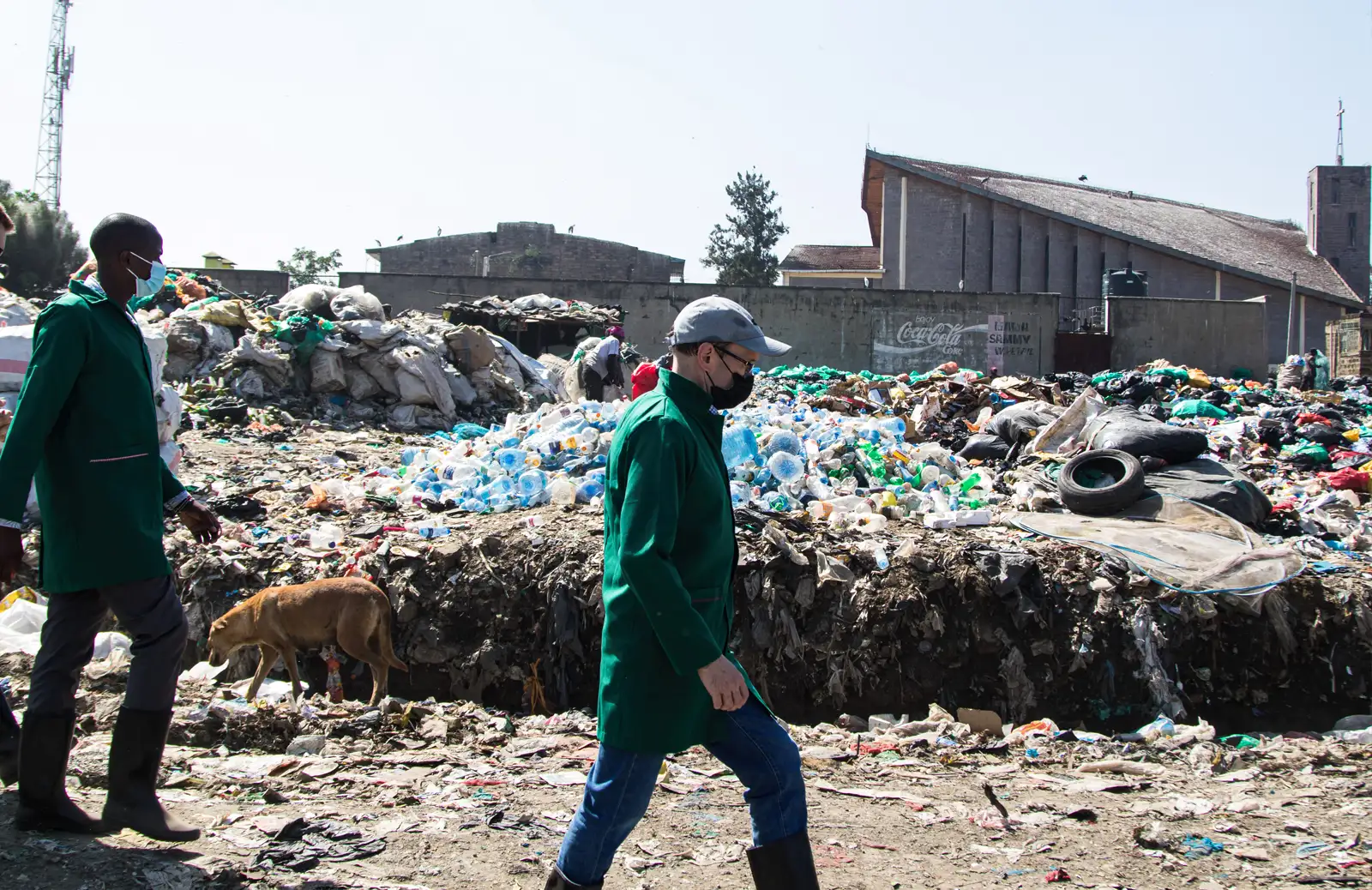
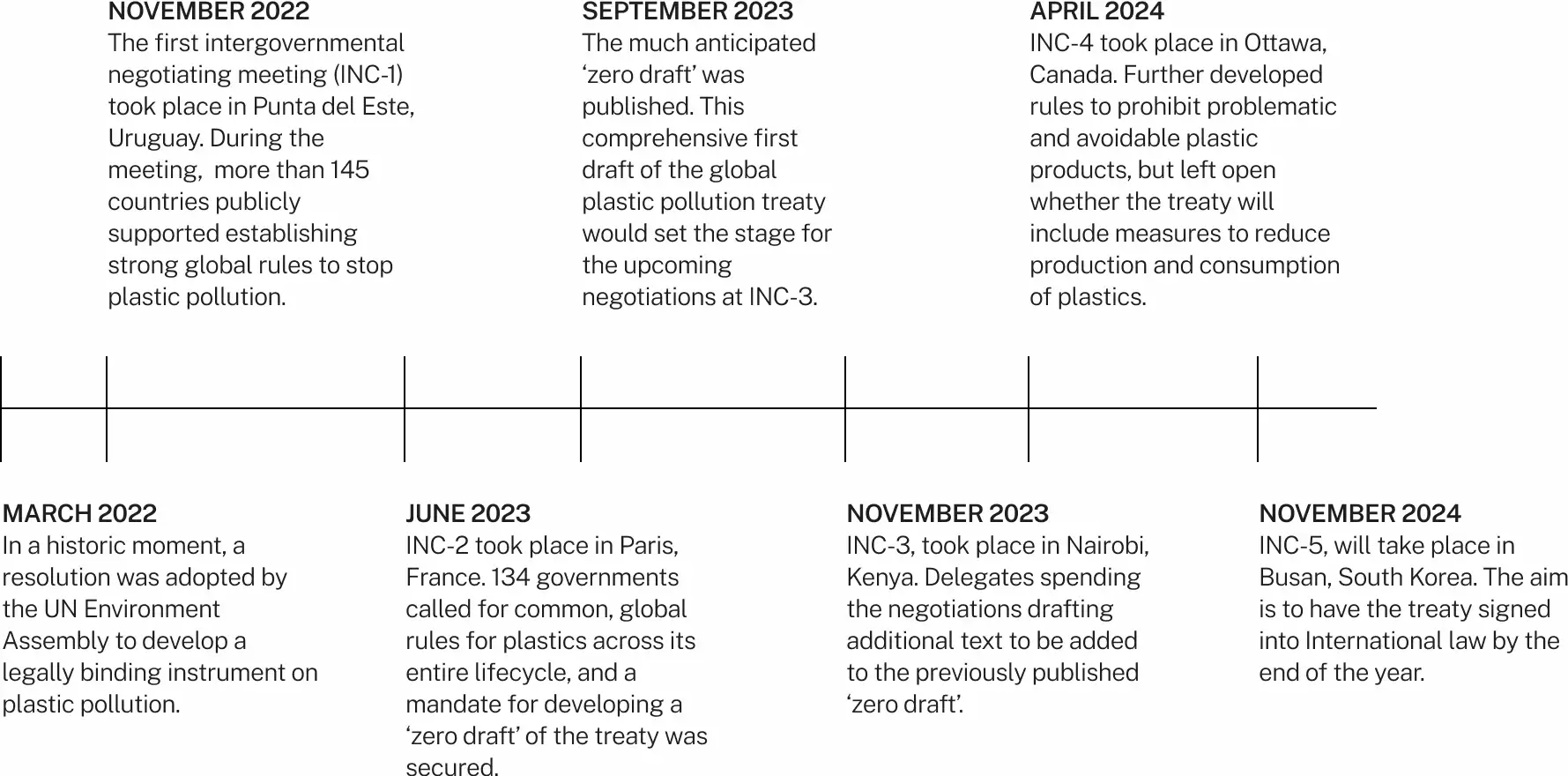
Countries are aiming to have a Treaty negotiated by the end of 2024. In November 2024, the fifth and final negotiation (INC-5) will take place in Busan, South Korea.
During this event, Minderoo will be on the ground advocating for a dynamic and robust treaty.
We are advocating for a Global Plastics Treaty that protects our children’s future by ensuring:
- Comprehensive global regulation of plastic chemicals, that will provide government and industry with regulatory certainty.
- A financing mechanism that supports a just transition by incentivising innovation and funding research into the health impacts of plastic.
Alongside our Global Plastics Treaty work, our Plastic and Human Health team’s mission is to eliminate harmful chemicals from plastics and protect human health. They are working to:
- establish a causal link between plastics and negative human health impacts
- determine a pathway to safe and sustainable alternatives.
And we need your help! Real change starts in local communities.
How you can protect yourself and your community:
Advocate online and in-person
Use your voice to raise awareness about the human health impacts of toxic chemicals used in plastics.
Engage your community
Talk to friends, share evidence, and educate others on the human health risks of plastic.
Stay informed
Keep up with the latest updates and research by subscribing to our newsletter and following trusted sources on social media.
Harmful plastic chemicals are making us sick, but we are working towards a safer, healthier future—one where we can enjoy spaghetti Bolognese without the stress.
Keep an eye out for important updates on how you can support a dynamic and robust Global Plastics Treaty as we approach the final negotiation (INC-5) in November.
For more information on the Global Plastics Treaty and to learn about the impact of plastics on human health and our research, explore our Treaty website here.